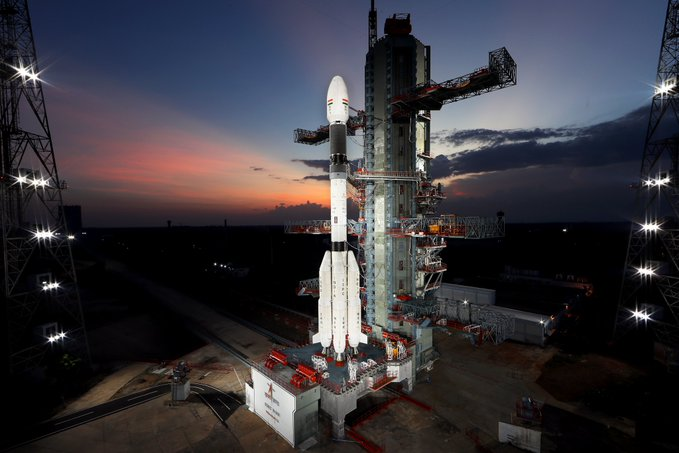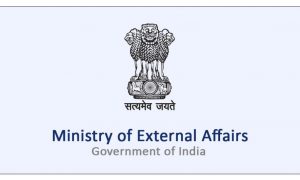India is set to launch its most advanced geo-imaging satellite (Gisat-1) on August 12 at 5.43 am from Sriharikota. The 26-hour countdown for the launch began at 3.43 am Wednesday morning.
The 2,268-kg Gisat-1 codenamed EOS-3, part of a new series of geo-satellites, which has civilian and strategic importance will be put into orbit by Isro’s GSLV-F10 rocket. This will be the first launch of a major Indian-built satellite this year. On February 28, Isro had launched 18 small satellites, including some desi satellites, along with the primary satellite Amazonia-1 of Brazil.
Once placed 36,000 km above the earth in the geostationary orbit, the advanced ‘eye in the sky’ can constantly monitor areas of interest (the satellite will move in sync with the rotation of the Earth and hence would look stationary) and give real-time information about a large area. Other remote sensing satellites placed in lower orbits cover a spot only at regular intervals. This will allow better monitoring of the subcontinent, including its borders with Pakistan and China, by imaging the country 4-5 times a day.
The satellite, which is capable of near real-time monitoring of natural events like floods and cyclones, will also enable monitoring of water bodies, crops, vegetation and forest cover changes. GISAT-1 has a payload of multispectral and hyperspectral cameras in different bands with an improved spatial and temporal resolution to provide images of the earth.
A 4-meter diameter ogive-shaped payload fairing (heat shield) has been used in the rocket for the first time. The satellite was earlier scheduled for launch on March 28 this year but a minor snag forced its postponement. The launch was later expected in April and then in May but Covid-related restrictions delayed it again. After the Gisat-1 launch, the other satellite to go up will be EOS-4 or Risat-1A, which is a day and night radar imaging satellite with synthetic aperture radar (SAR). The satellite weighing over 1,800 kg will be launched by a PSLV in September.
The first developmental flight of the Small Satellite Launch Vehicle (SSLV) or mini-PSLV is also scheduled for the fourth quarter of this year from Sriharikota.




























 WhatsApp us
WhatsApp us